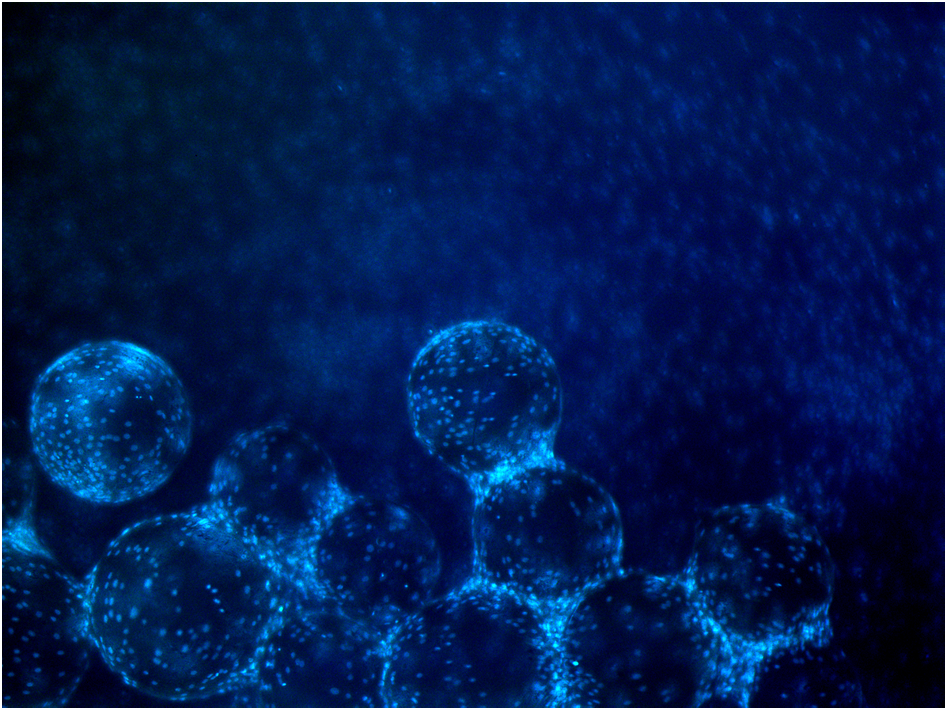Workspace

The Cell Technology working group deals with the interface between cell biology and medical technology. In the course of the convergence of interdisciplinary fields of technology, cell biological issues are also becoming increasingly important. In the field of implant research, the working group has succeeded in developing colonisation procedures and analysis methods for various surfaces. By integrating different cell types and tissue models, the biocompatibility of different implant surfaces can be evaluated in vitro. Another area of work is the development of new bioinks for the 3D printing of cells (bioprinting). The focus here is on optimising printing parameters and opening up new cells and media. For this purpose, the working group has various specially adapted analysis methods at its disposal for simulating printing parameters and cell vitality.